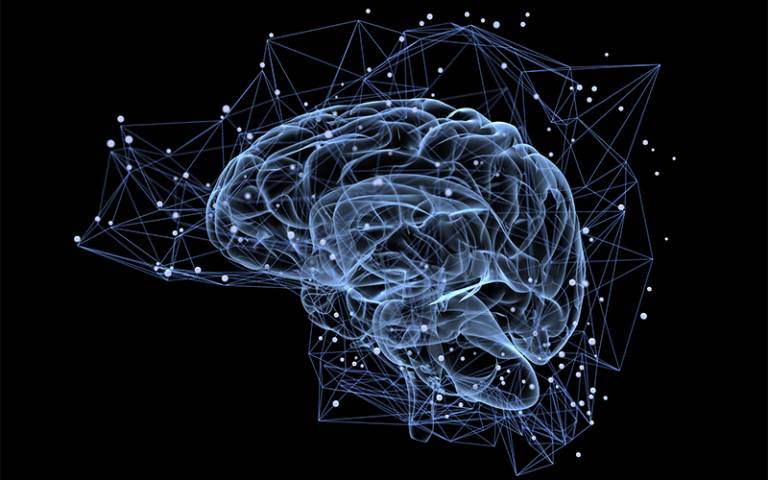An international team of researchers involving UCL has created a series of brain charts spanning our entire lifespan - from a 15-week-old foetus to 100-year-old adult - that show how our brains expand rapidly in early life and slowly shrink as we age.

The charts are the result of a research project spanning six continents and bringing together possibly the largest ever MRI datasets ever aggregated - almost 125,000 brain scans from over 100 different studies - reported in a new Nature paper. Although not currently intended for clinical use, the team hopes the charts will become a routine clinical tool similar to how standardised paediatric growth charts are used.
Growth charts have been a cornerstone of paediatric healthcare for over 200 years and are used ubiquitously in clinics to help monitor the growth and development of children in comparison to their peers. A typical growth chart might plot age on the horizontal axis versus height on the vertical axis, but rather than being a single line, it will show a range that reflects the natural variability in height, weight or head circumference.
There are no analogous reference charts for measuring age-related changes in the human brain. The lack of tools for standardised assessment of brain development and ageing is particularly relevant to the study of psychiatric disorders, where the differences between conditions and the heterogeneity within them demands instruments that can say something meaningful about a single individual in the way clinical reference charts can, and to conditions such as Alzheimer's disease that cause degeneration of brain tissue and cognitive decline.
The new study is a major step towards filling this gap. Unlike paediatric growth charts, BrainChart - published on the open access site brainchart.io - covers the whole lifespan, from development in the womb through to old age, and aims to create a common language to describe the variability in brain development and maturation.






